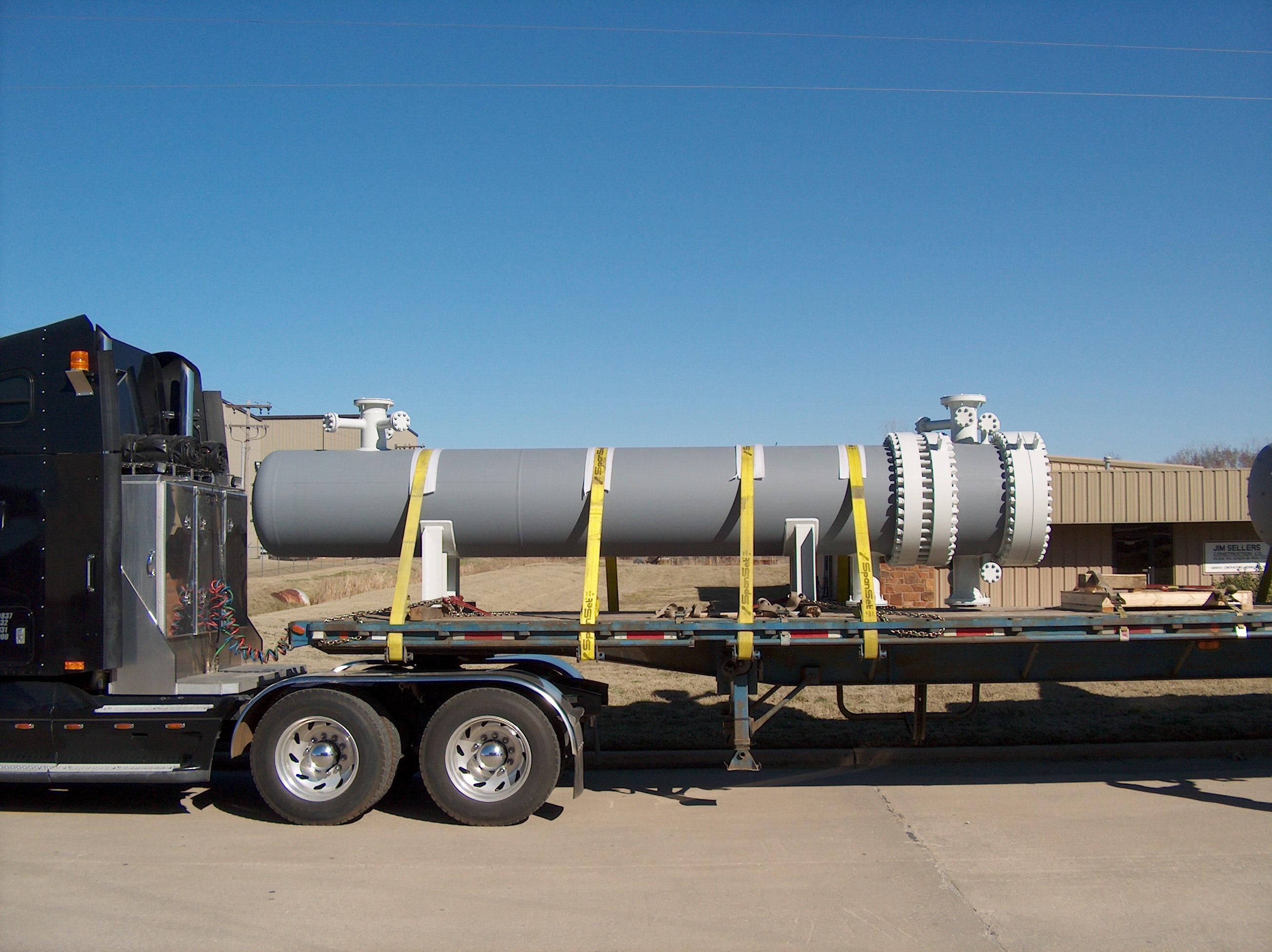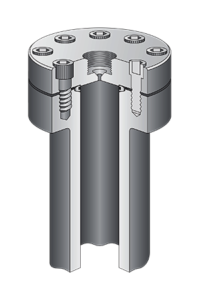

GENERAL DESIGN AND DETAILING REQUIREMENTSīuilding Code Requirements for Masonry Structures (ref. Using strength design provisions, nominal design strengths are limited to 65% of the average tested strength. Allowable stress design values are limited to 20% of the average tested anchor bolt strength. 8) under stresses and conditions that represent the intended use. 7).įor other anchor bolt configurations, including post-installed anchors, design loads are determined from testing a minimum of five specimens in accordance with Standard Test Methods for Strength of Anchors in Concrete and Masonry Elements, ASTM E488 (ref. Headed anchor bolts must meet the requirements of Standard Specification for Carbon Steel Bolts and Studs, 60,000 psi Tensile Strength, ASTM A307, Grade A (ref.

Headed anchors include conventional square head or hexhead threaded bolts, but also include plate anchors (where a steel plate is welded to the end of the bolt).

Bent-bar anchor bolts must meet the material requirements of Standard Specification for Carbon Structural Steel, ASTM A36/A36M (ref.
Bent-bar anchors, which include the customary J and L bolts, are threaded steel rods with hooks on the end embedded into the masonry. The design of post-installed anchors should be in accordance with the anchor manufacturer’s literature and is beyond the scope of this TEK.Īnchor bolt configurations covered by Building Code Requirements for Masonry Structures fall into one of two categories: Post-installed anchors achieve shear and tension (pull out) resistance by means of expansion against the masonry or sleeves or by bonding with epoxy or other adhesives. 5) which contain no significant differences from the following analysis and design methodologies.Īnchor bolts can generally be divided into two categories: embedded anchor bolts, which are placed in the grout during the masonry construction and post-installed anchors, which are placed after the masonry is constructed. 3 and 4) reference the provisions of the 2011 edition of Building Code Requirements for Masonry Structures (ref. It should be noted that the 2012 editions of the International Building Code and International Residential Code (refs. This TEK summarizes the requirements to properly design, detail and install anchor bolts embedded in concrete masonry construction based on the provisions of the 2013 edition of Building Code Requirements for Masonry Structures (ref. The magnitude of these loads varies significantly with the application. Both shear and tension are transferred through anchor bolts to resist design forces such as uplift due to wind at the top of a column or wall or vertical gravity loads on ledgers supporting joists or trusses (see Figure 1). The function of anchor bolts is to transfer loads to the masonry from attachments such as ledgers, sills, and bearing plates.







 0 kommentar(er)
0 kommentar(er)
